Celebrity
Dickey Betts, Allman Brothers Guitarist, Dies at 80
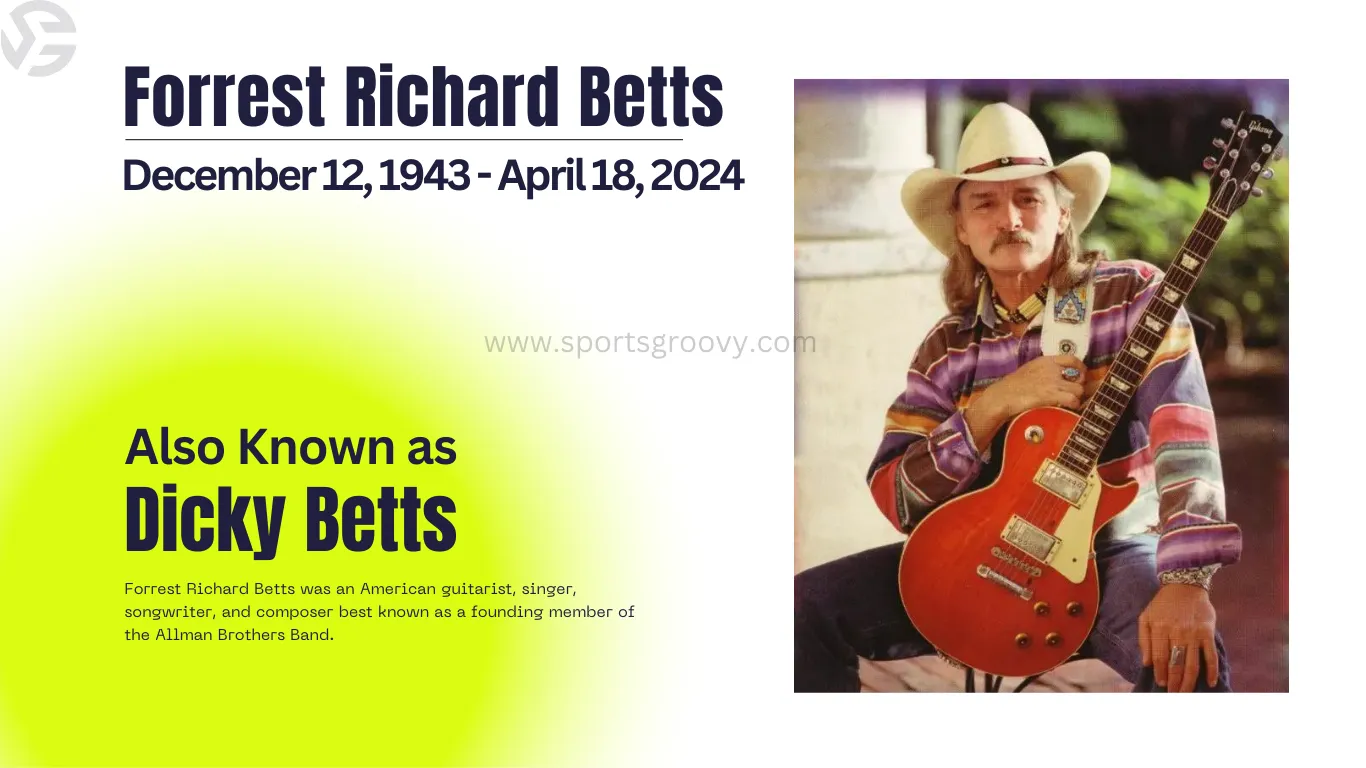
Dickey Betts, the talented guitarist known for his role in shaping Southern rock alongside Duane Allman in the Allman Brothers Band, passed away on Thursday at his home in Osprey, Florida. His country inspired songwriting and electrifying guitar skills defined an era, leaving an indelible mark on the music scene of the ’60s and ’70s. This week another famous personality died in USA.
Dicky Betts legacy as a driving force behind the band that pioneered Southern rock and influenced the jam band movement will forever be remembered. He was 80 years old at the time of his peaceful passing, as confirmed by his longtime manager, David Spero.
The Betts family shared a heartfelt statement on Instagram, expressing their sorrow over Dickey Betts’ passing. The statement reads.
“With heavy hearts, the Betts family shared the news on Instagram that Dickey Betts, the legendary performer, songwriter, and bandleader, peacefully passed away at his home in Osprey, Florida. He was surrounded by his loved ones. Dickey’s presence was truly larger than life, and his influence reached far and wide. The family requests prayers and privacy during this difficult time. Further details will be shared in due course.”

Dicky Betts Career:
The Allman Brothers Band blended rock, blues, jazz, and country into a unique sound, highlighted by the groundbreaking dual guitar playing of Dickey Betts and Duane Allman. Their iconic 1971 live album “At Fillmore East” perfectly captures their musical fusion. Following the tragic losses of Duane Allman and bassist Berry Oakley, Betts stepped up as the band’s leader.
Dicky Betts penned and sang the smash hit “Ramblin’ Man” from their hugely successful 1973 album “Brothers and Sisters.” This album also showcased Betts’ songwriting prowess with tracks like “Southbound” and the beloved instrumental “Jessica,” solidifying his place as a key figure in the band’s history.
In the 1970s and 1980s, Dickey Betts released several solo albums that earned critical acclaim. However, his musical journey took a significant turn in 1989. When he played a crucial role in reuniting the Allman Brothers Band after a seven-year hiatus.
Reuniting with founding member Gregg Allman and drummers Butch Trucks and Jai Johanny Johanson (known as Jaimoe). Betts also brought his talented guitarist Warren Haynes into the mix. Together, they crafted the majority of the songs for their comeback album “Seven Turns,” released in 1990. This album showcased Betts’ songwriting skills and featured him on vocals for the hit title track, marking a triumphant return for the band.
Throughout the first half of the 1990s, the Allman Brothers Band maintained a prolific output. Releasing a string of well-received studio albums and electrifying live recordings. Their music continued to draw large crowds, with amphitheaters across the nation filled to capacity during their performances. They often topped billings alongside emerging jam bands, many of whom drew inspiration from the Allman Brothers’ seminal albums. Such as “At Fillmore East,” “Eat A Peach,” and “Brothers and Sisters.”
In 1995, the Allman Brothers Band received one of the highest honors in music. When they were inducted into the Rock and Roll Hall of Fame, with the induction performed by none other than Willie Nelson.
During the induction ceremony, Dickey Betts’ dynamic guitar prowess took center stage. As the band delivered a memorable performance of the blues classic “One Way Out.” This song, first popularized during Duane Allman’s tenure with the band. It showcased Betts’ continued influence and virtuosity, cementing their legacy as pioneers of Southern rock.
In a 2019 interview with the Herald-Tribune, Dickey Betts reflected on the challenges the Allman Brothers Band faced. It is particularly the tragic losses of Duane Allman and Berry Oakley. Despite these setbacks, Betts emphasized the band’s resilience and determination to persevere. During the 1980s, the band took a hiatus, allowing Betts and Gregg Allman to pursue their individual musical projects in smaller venues.
However, upon reuniting, they faced criticism from media outlets like Rolling Stone, which labeled them as “dinosaurs” and questioned their ability to remain relevant. Betts explained that this skepticism only fueled their determination to prove themselves once again. With renewed vigor, the band produced some of their most acclaimed work, demonstrating their continued musical prowess.
Betts believed that this resurgence played a pivotal role in their induction into the Rock and Roll Hall of Fame, solidifying their enduring legacy in the music industry.
In Sarasota and Manatee counties, numerous celebrities have called the area home, including Dickey Betts’ longtime bandmate Gregg Allman. However, none have roots as deeply entrenched as Betts’. His impact extends far beyond his musical contributions, with his songwriting and guitar skills influencing renowned acts. Such as Lynyrd Skynyrd, Marshall Tucker Band, Gov’t Mule, and Tedeschi Trucks Band.
The Betts family’s connection to the region stretches back generations. With roots firmly planted in the southeastern Manatee County community of Myakka City since around the time of the Civil War. Today, evidence of their enduring presence can be found in landmarks like Betts Road. His serving as a testament to the family’s longstanding ties to the area.
Dicky Betts Earlier Life:
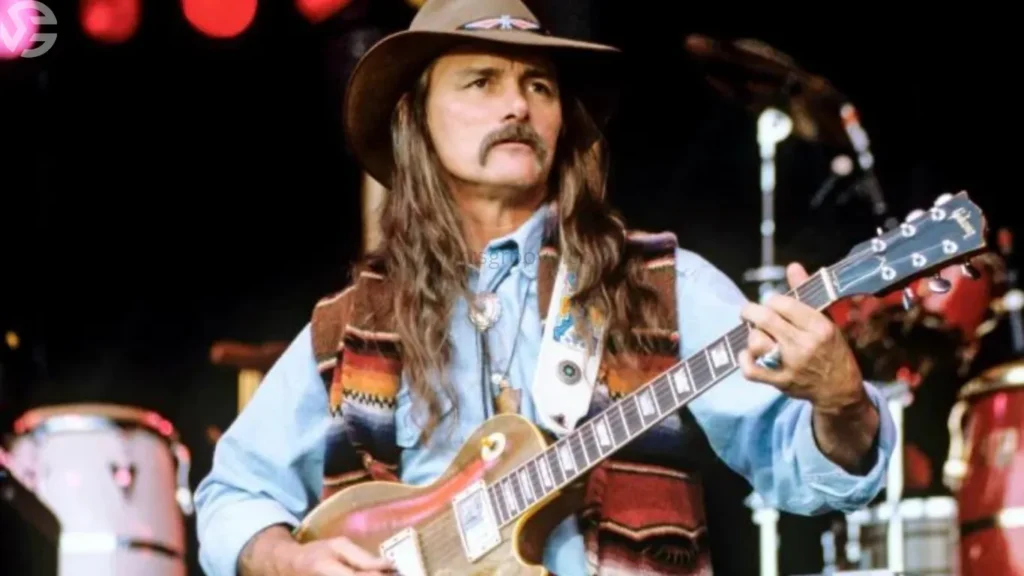
Forrest Richard Betts came into the world on December 12, 1943. Known affectionately as “Dickey,” he embarked on his musical journey at a young age. Starting with a ukulele, he quickly transitioned to a mandolin, then a banjo, and finally, an electric guitar.
Dickey’s choice of instrument was strategic he noticed that the electric guitar had a certain allure. That captivated the attention of girls. This realization spurred his dedication to mastering the instrument and paved the way for his future as a renowned guitarist and musician.
At the age of 16, Dickey embarked on an unconventional path, leaving home to join the circus. He secured a gig playing on the Teen Beat stage of the World of Mirth circus. A traveling spectacle that toured the country from 1933 to 1963.
Despite his young age, Dickey embraced the opportunity to showcase his musical talents to audiences across the nation. This experience not only honed his skills as a performer. But also exposed him to diverse cultures and musical influences. As he journeyed from one city to another with the circus troupe.
During a 2014 interview at his home, Dickey fondly reminisced about his early days in the music scene. Recalling his time with the circus, he described the energetic performances of his band, which included lively stunts like splits and sliding on their knees while playing. To add to the spectacle, they adorned themselves with basketball knee pads for protection.
One memorable act involved Dickey lifting the other guitarist onto his shoulders, adding a dynamic element to their show.
Their schedule was demanding, with the band often performing 10 to 12 shows a day. Despite the grueling pace, Dickey found joy in the experience, likening it to the excitement of Vaudeville infused with the energy of rock ‘n’ roll. This adventure marked his inaugural road trip, setting the stage for his future endeavors in the world of music.
After his stint with the circus, Dickey Betts embarked on his next musical journey by joining the band The Jokers. This group gained recognition, particularly through the Rick Derringer song “Rock and Roll, Hoochie Koo.” The Jokers’ popularity spanned across the region, drawing crowds to 1,500-capacity dance halls for their lively performances.
Following his time with The Jokers in Indiana, Betts returned home to Florida. There, he teamed up with fellow guitarist Larry “Rhino” Reinhardt. A Bradenton native who would later gain renown with bands like Iron Butterfly and Captain Beyond.
Alongside bass guitarist Berry Oakley and keyboardist Reese Wynans. They formed the band Second Coming in the late 1960s, emerging onto the music scene in Jacksonville. This marked a pivotal moment in Betts’ career as he continued to evolve as a musician and performer.
In March of 1969, Duane Allman, already renowned as a session guitarist, and his close friend Jai Johanny “Jaimoe” Johanson. Who had previously drummed for Otis Redding and Sam & Dave, relocated to Jacksonville. It was there, that the groundwork for the Allman Brothers Band was laid. Duane and Dickey Betts assumed lead guitar duties, while Berry Oakley held down the bass. Jaimoe joined forces with Butch Trucks, with whom the Allman siblings, Duane and Gregg, had previously collaborated.
Gregg Allman, who was residing in Los Angeles at the time, was persuaded by Duane, Betts, and the other musicians to join the burgeoning band. A few weeks later, Gregg heeded the call, bringing his distinctive lead vocals and Hammond B-3 organ skills to the group. This pivotal moment marked the formal establishment of the Allman Brothers Band, setting the stage for their rise to prominence in the world of rock music.
Allman Brothers Band in 1969 by Dicky Betts:
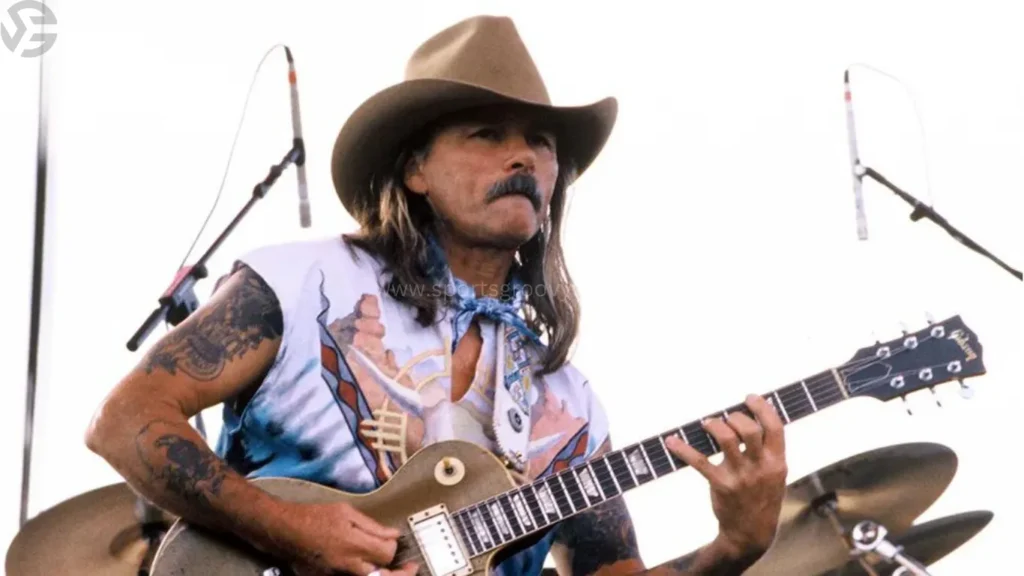
After relocating to Macon, Georgia, the Allman Brothers Band released their self-titled debut album in November 1969. This marked the beginning of their musical journey, which would soon captivate audiences across the nation. Following the release of their debut album, the band embarked on an intensive year-long tour, crisscrossing the country and solidifying their reputation as a formidable live act.
In 1970, the band returned to the studio to record their second album, “Idlewild South.” This album showcased the band’s evolving sound and included significant contributions from Dickey Betts. His composition “Revival” became the band’s first charting single, showcasing Betts’ songwriting prowess and adding depth to their musical repertoire.
Moreover, “Idlewild South” marked the debut of Betts’ instrumental piece “In Memory of Elizabeth Reed,” a haunting and melodic composition that would become a staple of the Allman Brothers Band’s live performances and a fan favorite for years to come. This album solidified the band’s status as rising stars in the world of rock music.
The iconic 13-minute rendition of “Elizabeth Reed” takes center stage on the Allman Brothers Band’s seminal 1971 double live album, “At Fillmore East.” This masterpiece showcases the band’s unparalleled musical prowess and improvisational skills. Alongside “Elizabeth Reed,” the album features two other original compositions. The band’s collective effort “Hot ‘Lanta” and Gregg Allman’s epic “Whipping Post,” a 23-minute tour de force highlighted. It is highlighted by the remarkable guitar interplay between Duane Allman and Dickey Betts.
Tragedy struck the band mere months after the release of “At Fillmore East” when unofficial bandleader Duane Allman lost his life in a motorcycle accident. Almost exactly a year later, bassist Berry Oakley met a similar fate. Both men were only 24 years old, and their untimely deaths deeply affected the band and their fans.
Despite the grief and loss, the Allman Brothers Band persevered, and Betts’ composition “Blue Sky” emerged as a standout track on their 1972 double album, “Eat a Peach.” It marked Betts’ debut as lead vocalist for the band and showcased his signature guitar harmonies with Duane Allman. Reflecting on the song’s inspiration, Betts revealed that it was initially written for his wife, drawing from her Native American heritage. However, he ultimately decided to make the lyrics more universal. A decision that enhanced the song’s appeal and resonance with listeners.
Dickey Betts Inducted into Rock Hall with Allman Brothers:
Dickey Betts, a central figure in the Allman Brothers Band’s history, led the group through various ups and downs, including the tragic losses of Duane Allman, Berry Oakley, and later, Gregg Allman. Despite these challenges, Betts remained a driving force in the band, contributing hit songs like “Seven Turns,” “Nobody Knows,” and “No One to Run With” during the 1990s.
In 1995, the Allman Brothers Band was honored with induction into the Rock and Roll Hall of Fame, recognizing their significant contributions to the music industry. The following year, their live rendition of “Jessica” earned them a Grammy Award for Best Rock Instrumental Performance.
However, tensions within the band led to a bitter split with Betts and the three surviving original members in 2000. Despite the rift, the Allman Brothers Band continued performing for another 14 years, showcasing Betts’ compositions alongside their classic hits.
Betts also pursued his own musical endeavors, touring successfully with his Great Southern group, focusing on his own songs and blues classics. In 2014, he performed in Sarasota, marking a poignant moment as it was just a week after the Allman Brothers Band’s final show.
Tragedy struck again in 2017 with the deaths of Butch Trucks and Gregg Allman. Betts fondly remembered Gregg and attended his funeral alongside his son, Duane Betts, paying respects to the band’s legacy.
Duane Betts, named in honor of Duane Allman, followed in his father’s footsteps, becoming a respected guitarist and musician. The father-son duo shared a special moment following Dickey Betts’ successful brain surgery in 2018, symbolizing their enduring bond.
Dickey Betts’ 80th birthday coincided with a memorable performance by the Allman Betts Family Revival, featuring Duane Betts and Devon Allman. The crowd celebrated Betts’ milestone with heartfelt serenades and a special guitar-shaped birthday cake, honoring the legacy of a true rock legend.
-

 Soccer3 months ago
Soccer3 months agoDutch Fans in Blackface to Imitate Ruud Gullit, One Agrees to Stop
-

 Soccer3 months ago
Soccer3 months agoEx Glamour Model Says Party with England Team Before Euros
-

 Soccer3 months ago
Soccer3 months agoArgentina vs Peru 2-0 Highlights & All Goals Copa America 2024
-
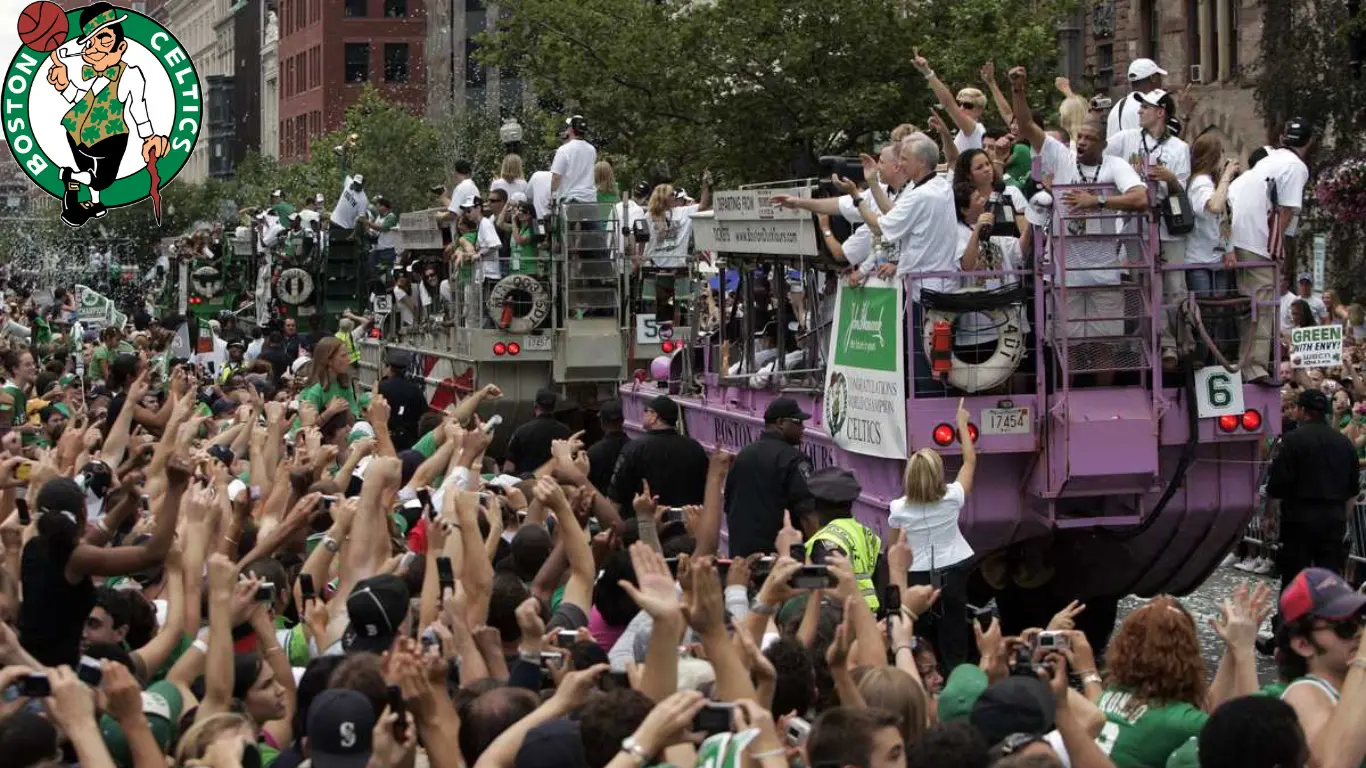
 NBA3 months ago
NBA3 months agoCelebrate with the Boston Celtics: Parade and Traffic Updates
-

 Soccer3 months ago
Soccer3 months agoUEFA EURO 2024: Essential Guide and Key Information
-
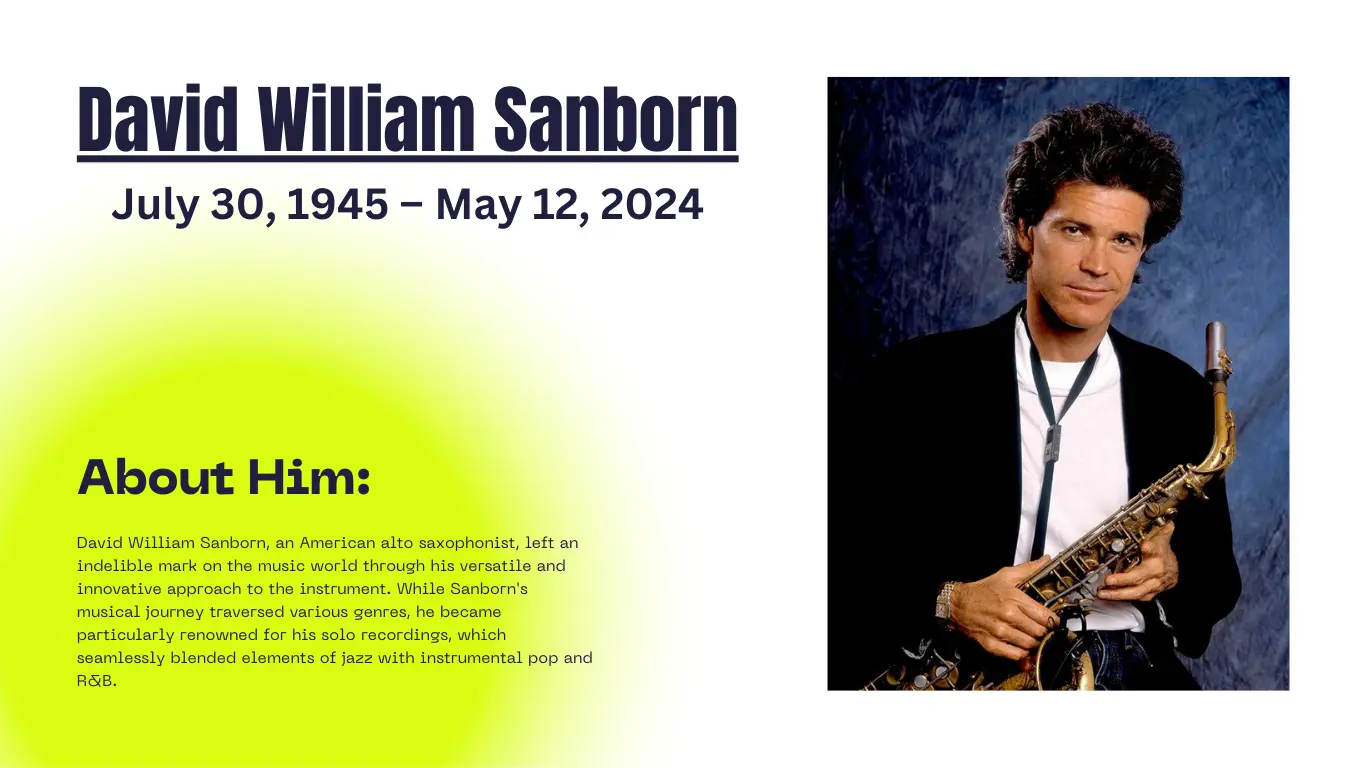
 Celebrity4 months ago
Celebrity4 months agoDavid Sanborn, American Alto Saxophonist, Died at Age 78
-

 Basketball5 months ago
Basketball5 months agoExploring the LA Lakers Journey in the Absence of LeBron James
-

 News5 months ago
News5 months agoDubai Flood, Rain Turns Desert to Aquarium🌧️🐠








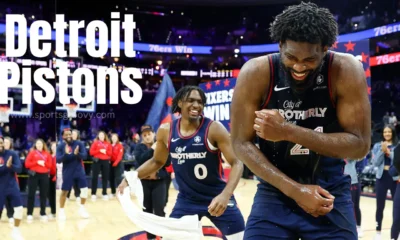








Pingback: Grammy Award Winner Mandisa Too Soon Died at age of 47 - Sports Groovy